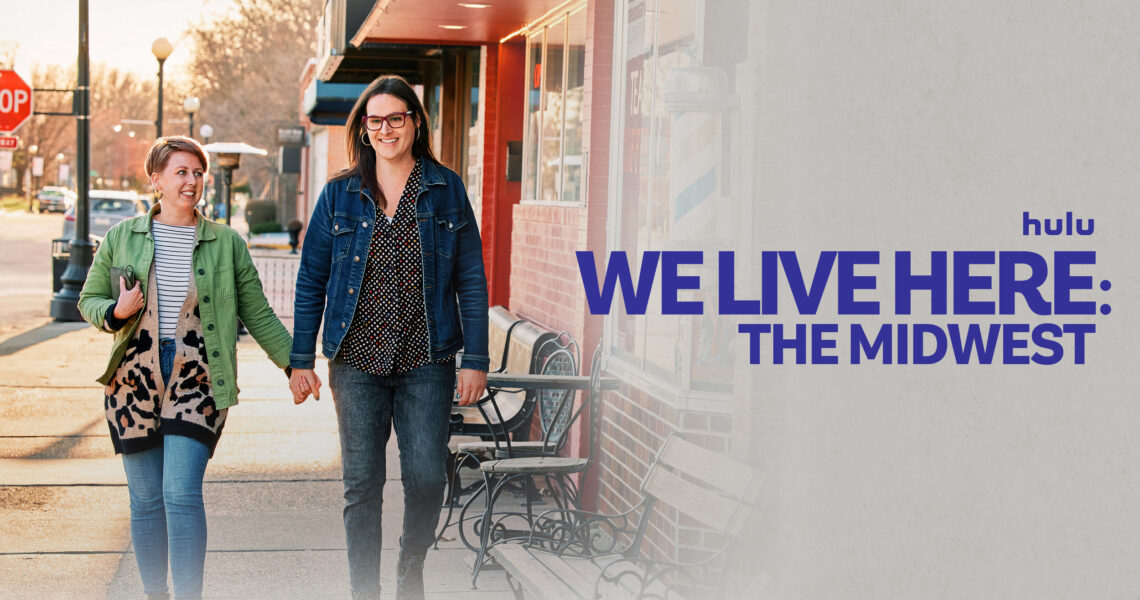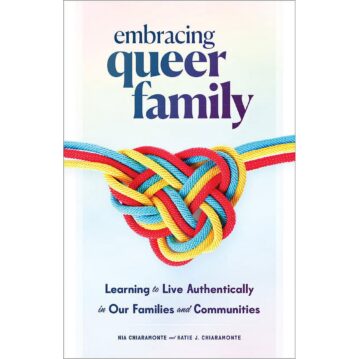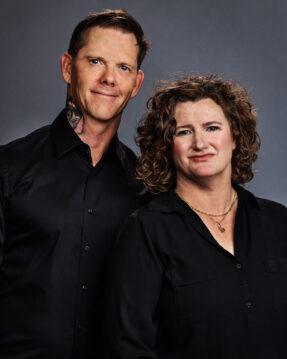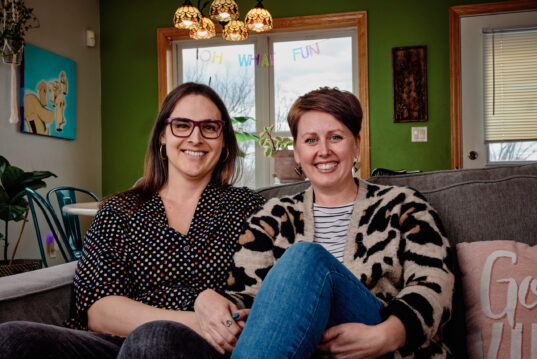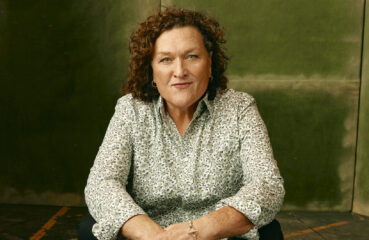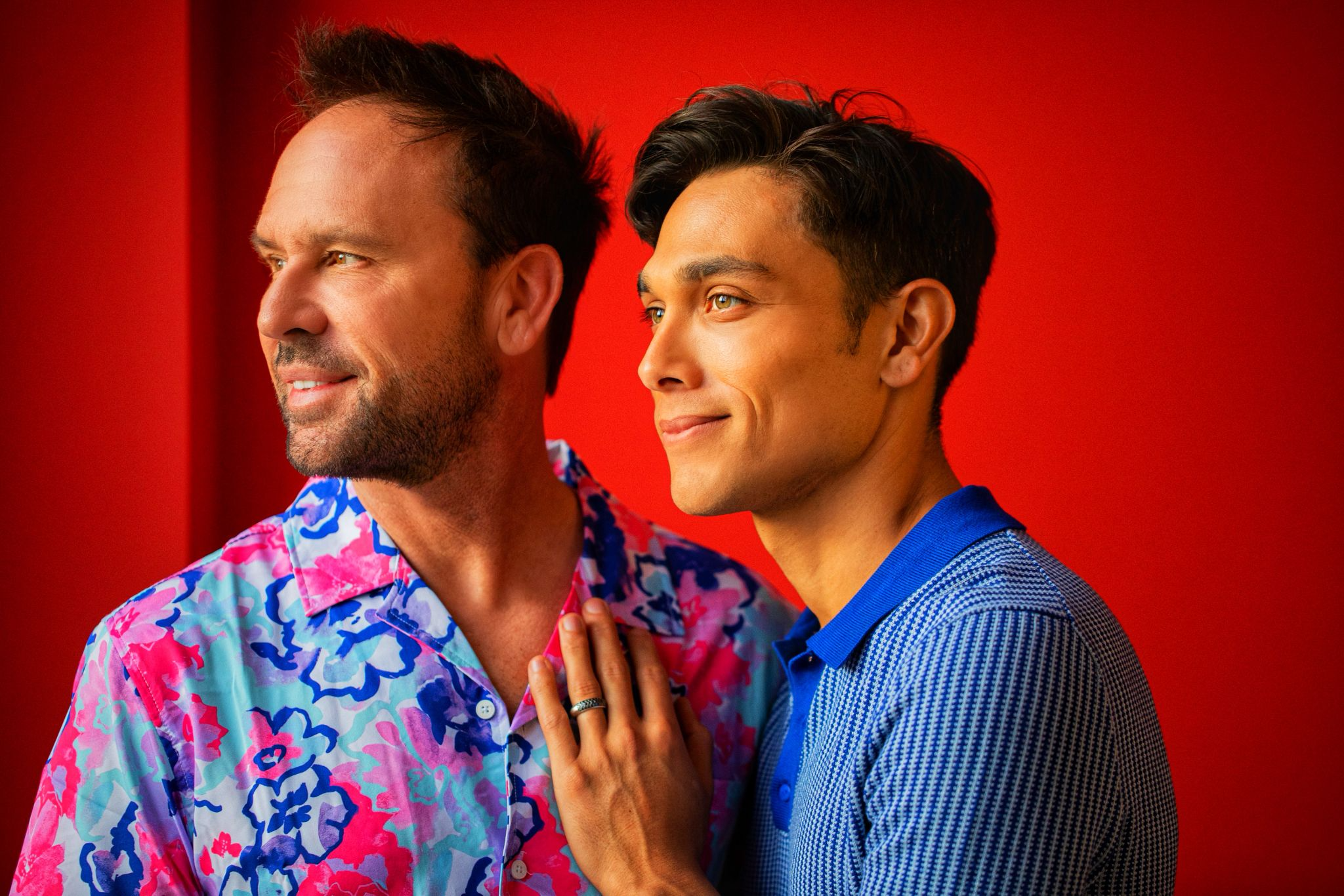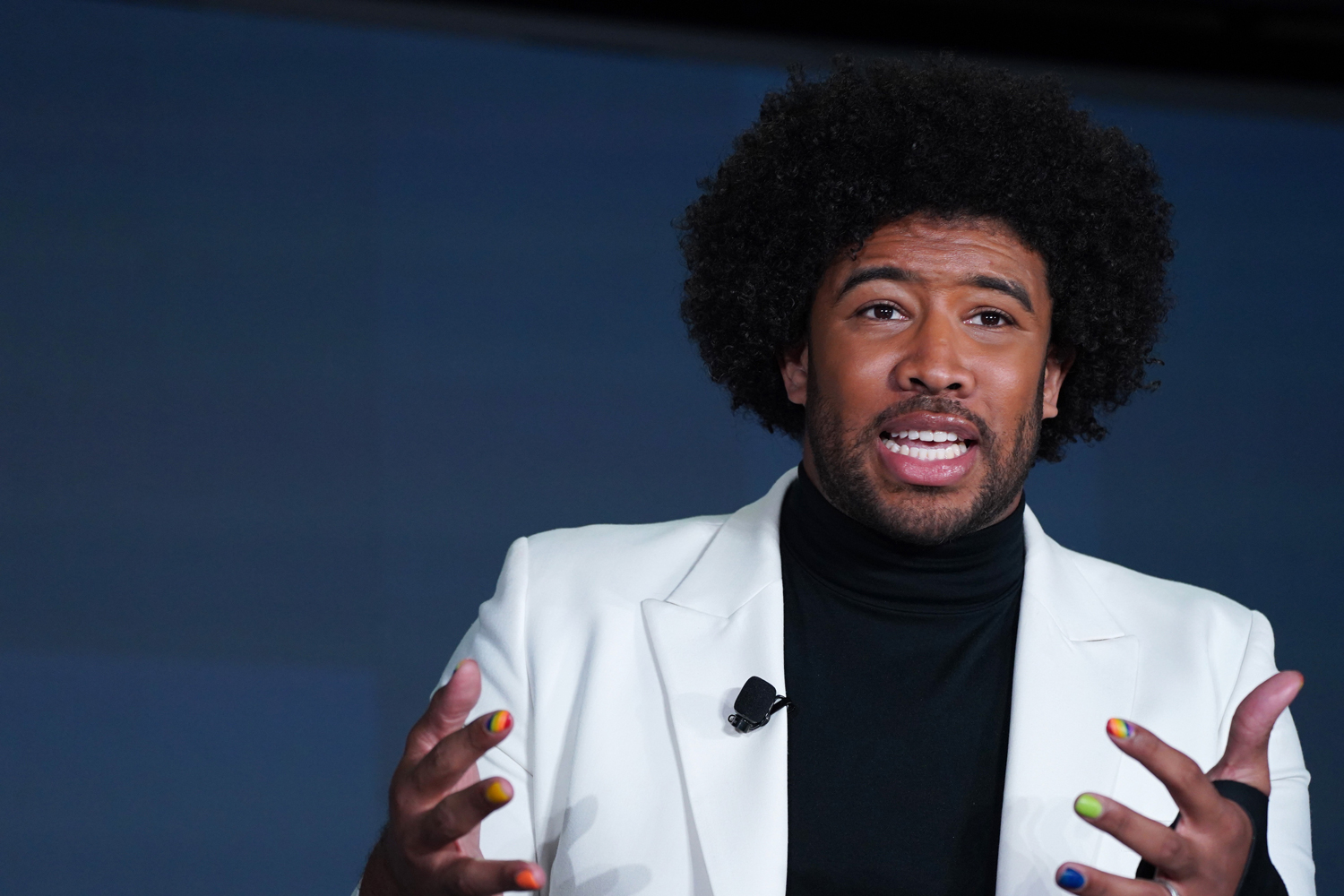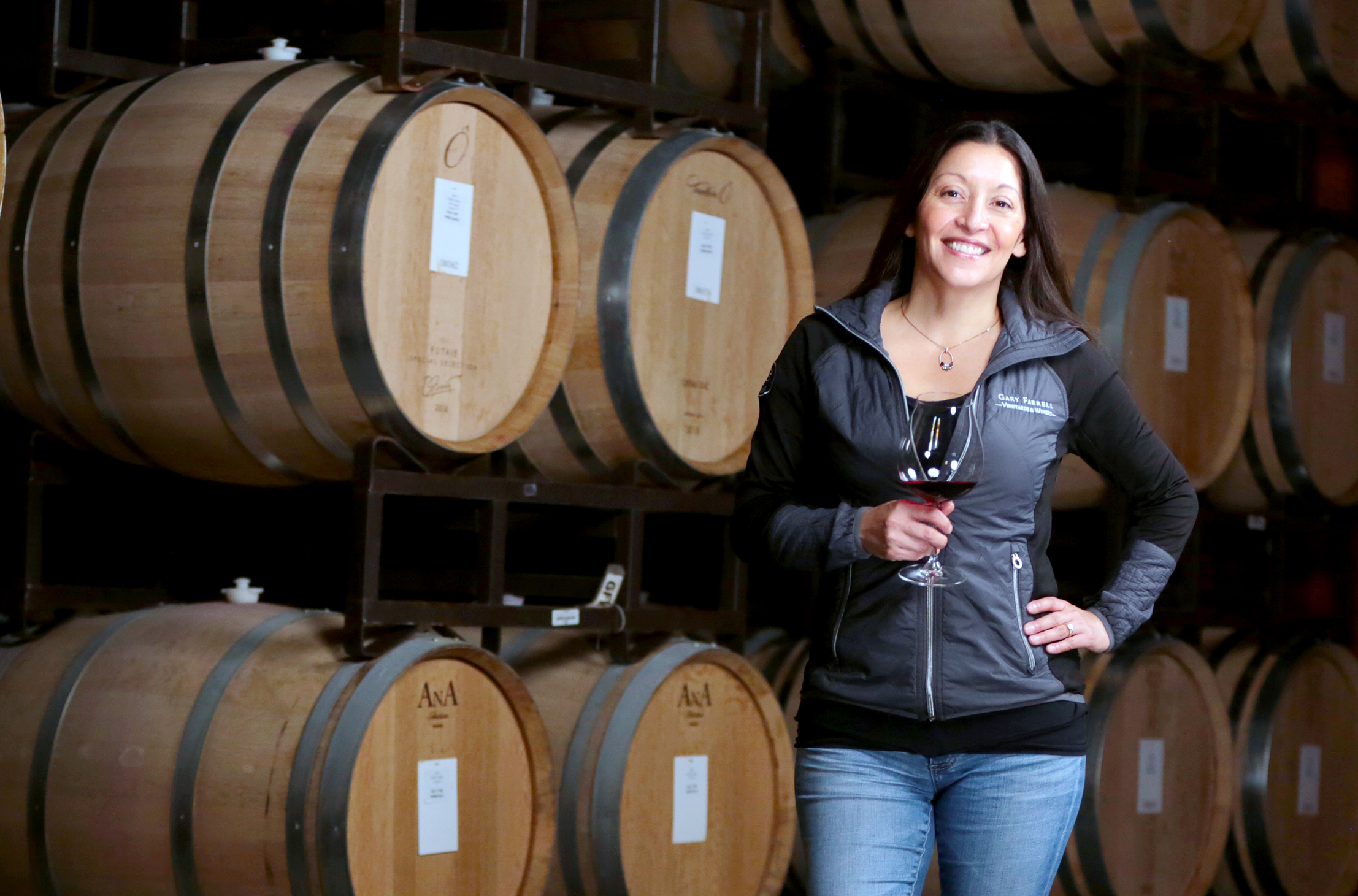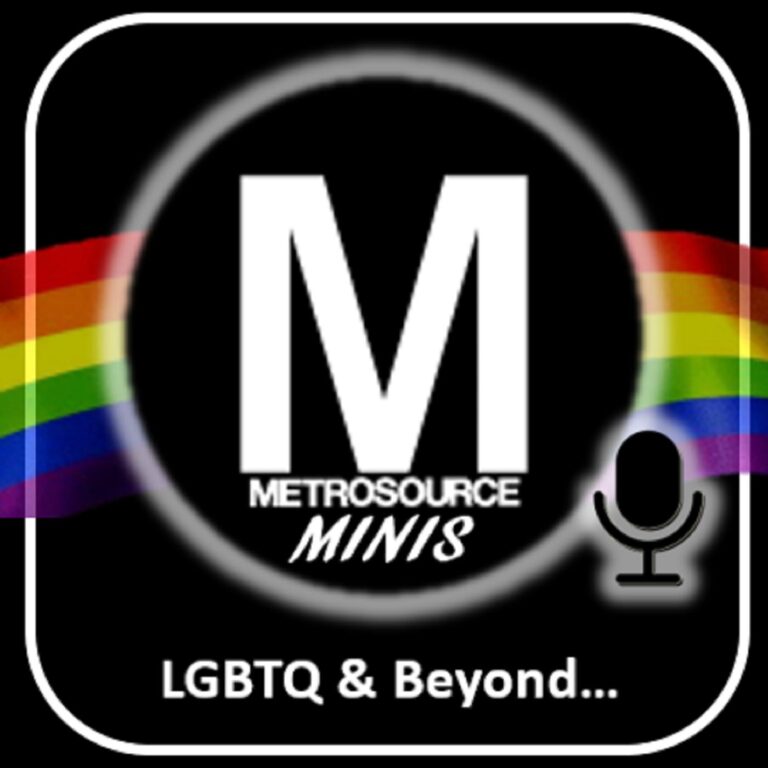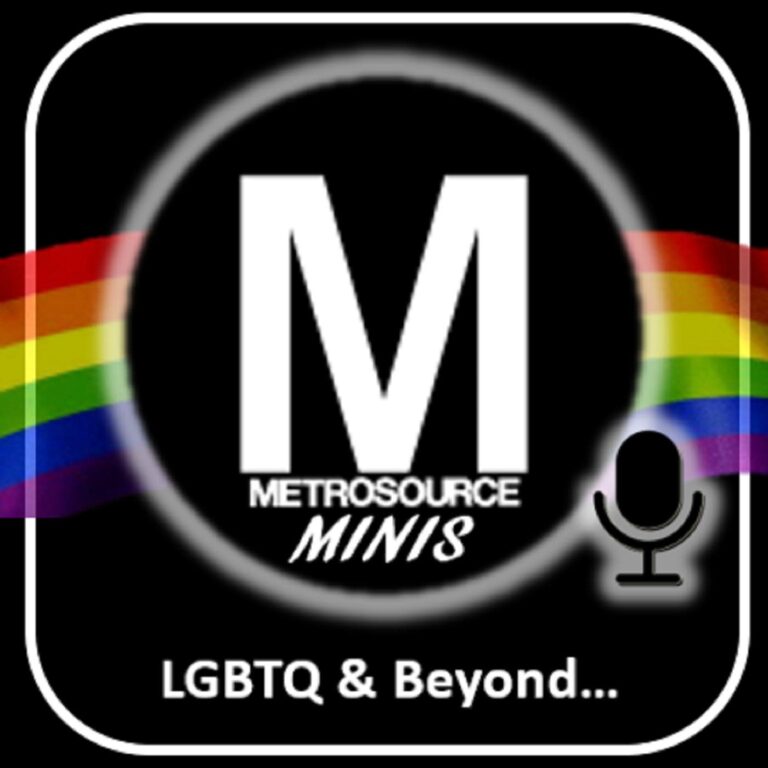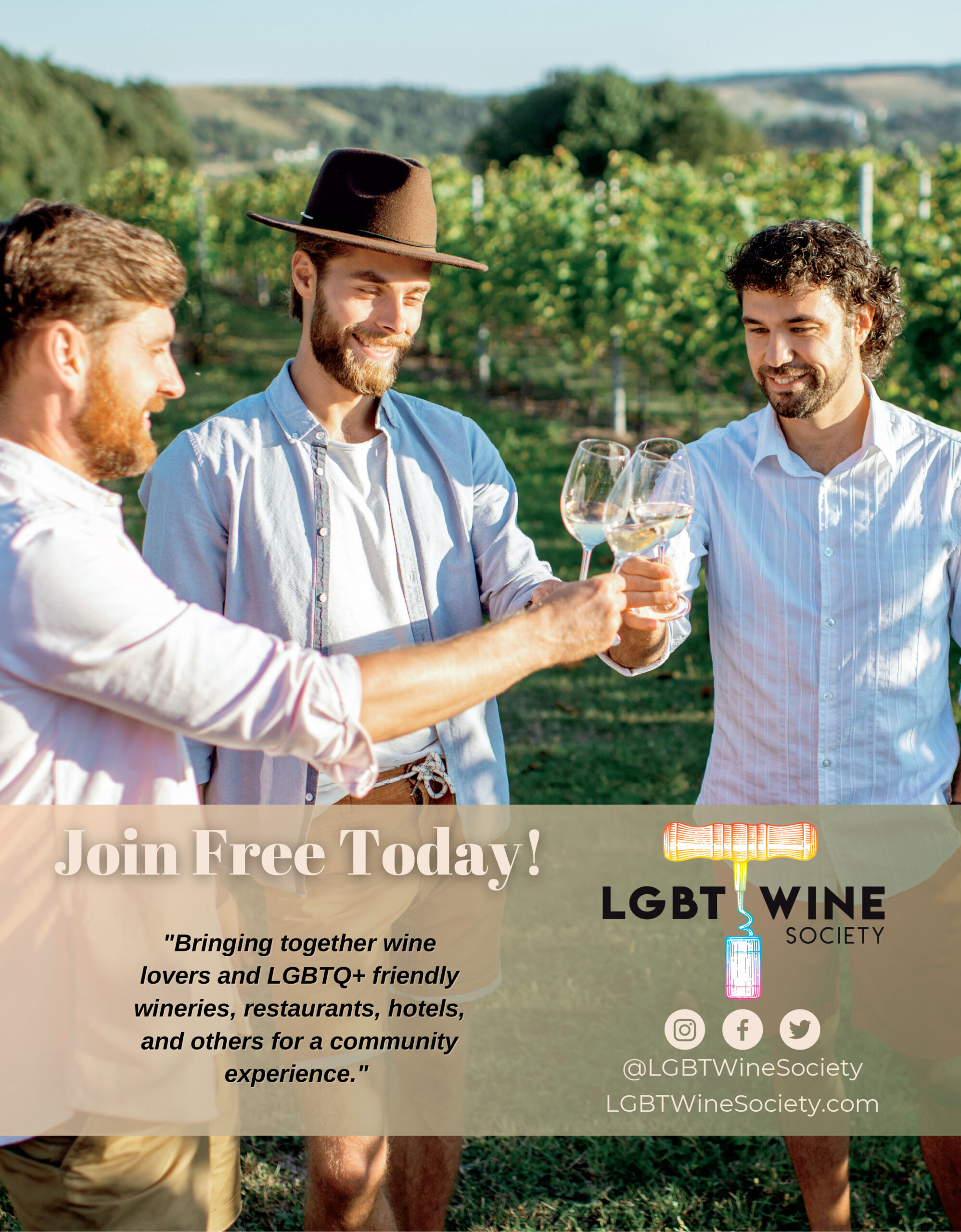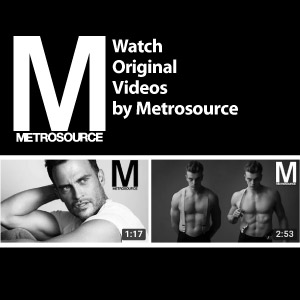The past year was not a good one politically or socially for the LGBTQ+ nation. Our community was shocked as legal maneuvers attacking our members started springing up across the nation, and the hate from certain citizens that came from them. For those of us in cosmopolitan cities, it was a not-so-gentle reminder that outside of our bubble, there remain many who live in constant fear and ostracization in their own neighborhoods. Over the holidays, Hulu released the documentary We Live Here, detailing the lives of five Midwest families and their struggle to gain a voice and, at the very least, equality. Helmed by filmmakers Melinda Maerker and David Clayton Miller, all the letters of our community are represented by families from Kansas, Iowa, Minnesota, Ohio, and Nebraska. Getting families to say yes to being part of the project was difficult. The stories we did get to see are completely rooted in love. Diverse types of family units are presented here, and each story is equally as joyful as they are heartbreaking. Each details the need to be strong, to adapt, and sometimes suffer in silence just to feel comfortable in their own homes. One of the most affecting themes of all is how each town’s phobias affect the children, children who come from a generation where gender identity and sexual orientation are generally accepted without stigma. One could ask, why do these families insist on living in places where they aren’t accepted? If we flee, don’t they win?
Co-executive producer and director Melinda Maerker has worked in several forms of media, from documentaries to advertising. She has experienced life in the Southwest, Paris, New York, and now Los Angeles.
How did you get involved in this project?
My co-producer, David, and I were struck by the backlash LGBTQ+ families faced following the 2016 election – despite or perhaps because of the passage of marriage equality. And that backlash has only increased since the making of the film.
As a director, what rules did you set for the project going in, what was your vision?
As a director, I wanted primarily to tell stories with a strong narrative. Stories are what draw viewers in and it’s how we relate to the people who are portrayed – regardless of our differences.
Now, having visited these families in these states, how do you think we can best support our LGBTQ+ community in these conservative states?
I think we can best support LGBTQ+ families in the Midwest by increasing our visibility in general.
Our nation is so divided right now, how do you think we can grow our ally groups and activism within our ally groups to fight the political and social attacks on our community?
As a filmmaker, I honestly believe that sharing stories of LGBTQ+ families is the best way to raise awareness among our ally groups. As Nia, a trans woman portrayed in the film, says, “We’re not just issues; we’re people.”
What was a top memorable moment for you from working on the documentary?
There were so many memorable moments working on the film that it’s hard to choose just one. Overall, I would say the emotional honesty of the participants was extremely inspiring.
What is your message to our LGBTQ+ family who live in some of these states?
That we see you. We see the increasing anti-LGBTQ+ discrimination and we will continue to share your stories as best as we can.
How has working with these families affected your own relationship?
Families who persist in loving one another despite the adversity they may be facing are always inspiring in my own relationship.
Co-executive producer David Clayton Miller has seen many sides of the lens. He has a keen eye as a professional photographer having shot for a myriad of outlets including Dolce & Gabbana, the Hollywood Reporter, Entertainment Weekly, and Architectural Digest. He has produced two independent features, Em & Me and the award-winning Defying Gravity. He is the father of three with husband Ryan Murphy.
What did working on this project teach you most about your own family life?
Living in Los Angeles with three young boys, I don’t encounter a lot of discrimination. But while filming in the Midwest and listening to these heart-wrenching AND heartwarming stories, I realized how the impact of discrimination on families can be a difficult journey for the children as well. This experience has reminded me how important it is to teach our kids the disparities in life and to treat each other with decency and respect.
What shocked you the most about learning about these families?
How incredibly warm and welcoming they were in allowing us to be with them for days and how seemingly comfortable and honest they were with us.
Now, having visited these families in these states, how do you think we can best support our LGBTQ+ community in these conservative states?
It is important to elect leaders who can speak for all communities including various races and economic backgrounds. Our country is far too divided, and history will judge us on our representation in government and what was achieved, what was taken away, and what was done to make it a better world.
Entertainment is in your family, so to speak, did you get any advice from your husband regarding this film?
This was a project I wanted to explore myself and given how hard he works and the time we have together we want to share with the kids and without “shop talk.”
What was a top memorable moment for you from working on We Live Here?
There were several including the raw, emotional, and vulnerable responses from the families, but perhaps the greatest was seeing them on the red carpet in front of photographers at the premiere in Hollywood at the DGA Theatre.
Besides getting the families to participate, what were some of the biggest obstacles in getting the documentary finished?
The editing took longer than anticipated because we wanted to tell stories that would entertain an audience and it was important to keep the narrative flowing. Honestly, it was the legal paperwork and contract deliverables that were time-consuming.
What is your message to our LGBTQ+ family who live in some of these states?
Harvey Milk said it best long ago. “Hope.” You have to give these families hope that there is a better tomorrow. A better world.
One of the stand-out stories from the documentary features married couple Nia and Katie Chiaramonte who, at the time of filming, lived in Indianola (about 20 minutes from Des Moines). The two have a long history together, having met in second grade, becoming best friends in middle school, then becoming official high school sweethearts. Both came from a conservative background and as a married couple with five kids, were active in their church. When Nia came out as trans in 2018, all of that changed. The two lost their place in the church, their safe place, and were summarily treated differently by the neighborhood at large. In an emotional confession, the loss of their church family was devastating. How can a religion that preaches love show none? Katie, who now identifies as queer, remained at Nia’s side as a wife, never flinching at her taken vows of partnership. Unfortunately, their family did relocate due to legislation that was passed in Iowa that restricts and attacks the LGBTQ+ community. For their mental health and for the safety of their family, they left a home that was all they had known and had worked so hard to build. Retaining their power, they are releasing their first book Embracing Queer Family: Learning to Live Authentically in Our Families and Communities, offering tools they wish they had had to LGBTQ+ families.
What made you say yes to doing We Live Here?
We are open people, we live open lives, and we feel like representation is so important. Like Melinda and David, we know that stories change minds and hearts, and we felt honored to be a part of it.
How did filming the documentary change your lives?
First, filming the documentary jumpstarted the process of us thinking about moving. It also introduced us to this beautiful group of people and allowed us to continue the work that we are already doing with our organization Love in the Face (LoveintheFace.com).
Did you have any pushback from your community for appearing in the doc?
The response has been overwhelmingly positive. We were invited to speak at our children’s school this month, we’re going to have a screening in Des Moines and do a panel afterwards at the end of this month as well, and the messages from strangers have been so positive. People are really resonating with the film it seems.
Katie, you now identify as queer. What has it been like to take on that identity, what was your exposure to the queer community prior?
I think it was less about taking on the identity than it was about uncovering who I have always been. And now I feel like I know myself better and I’m in touch with a part of myself that I had not allowed myself to fully know. Growing up in a conservative environment where the rhetoric was very anti-queer, it was hard to form relationships with the queer community. As I came into myself as an adult and had a clearer awareness of my own spirituality, queer individuals helped form a wider idea of love. Which allowed me to know myself better in the end. Now I don’t really think of my queer community and my non-queer community, I just think of my community.
Nia, what was the inspiration for finally coming out as trans, at the risk of losing your family?
It was actually Donald Trump talking about making the word sex into a biological binary. That would have had major ramifications across the nation for trans people and I felt that I would be more heard as the person that I am, a trans woman, than an ally. I needed to be true to myself in order to be honest with those around me and invite them into this part of my life.
What do you say to those who say we shouldn’t be exposing our youth to LGBTQ themes?
I would first ask if they know any queer people. We believe that queerness is an invitation to deeper love. We know it can be scary because it can cause us to confront things about our own worldview. But if somebody is willing to do the work, they can easily see that exposing kids to more than just the straight family in the long run will benefit all of us. People can read more about this in our book, Embracing Queer Family, coming out May 14th. We discuss how to begin to open yourself to these kinds of themes even when they’re scary.
What was it like working together on your upcoming book, Embracing Queer Family? What was most important to you to include in the book?
The goal was to write a guidebook for families who were going through something similar to what our family went through. Transition, change, dealing with family members and holding boundaries, and how to make sure you are in a safe space in order to discover your own identity as an individual and as a family. Our main goal was to invite people to know themselves deeply, whether you are queer or not. Because when we know ourselves and love ourselves, we love each other well.
You have since moved from filming We Live Here. What caused that move, how has life changed since the move?
We moved for our mental health and the health of our family. There was a job offer out East which made it easier for us to make the leap. We have discovered that we didn’t even realize the amount of stress we were living under when we were constantly seen as a conspicuous family. We feel relieved from that pressure in our new home. We are still closely tied to our Iowa community which we love and will continue to support.
What is your message to the LGBTQ+ families living in conservative areas?
Firstly, you are not alone. Also, living authentically can change hearts and minds. And read our book! It’s packed with practical tips that we learned for ourselves when living in a conservative geographical space. And also deeply, you are loved.
We Live Here is now streaming on Hulu.
Photos courtesy of Hulu
Last modified: February 1, 2024

